People can go on for weeks without food, but not without water. During hot conditions like drought, dehydration can set within hours, and hot conditions may pose certain hazards to health. Heat stroke, heat cramps, heat rashes, etc. are some heat-related illnesses.
Anyone who has physically exceeded under the heat without replenishing can actually die in a period of several hours. The same is true with anyone who is locked inside a hot car for long hours. We need water to live, period. But when shit hits the fan, no one is on the easy street.
Rainwater is evidently a great water resource during climatic disturbances and on many regular days. Many studies have proven such even centuries back.
Although some countries don’t recognize rainwater as a sustainable alternative to water streaming out of the mains water system, it however offers a large scale off the grid remedy especially in times when water is insufficient to meet everyone’s needs, in all aspects around the world.
How To Use Rainwater?
The decision of using rainwater is a matter of choice which may be attributed to the initial outlay and necessity. Installing rainwater tanks may or may not require large one off installation expenditures as it would entirely depend on water practices of each household and the location of the dwelling. These two factors generally influence the design and type of maintenance required for the tanks.
For those whose budget is in consideration, going off the grid with rainwater at a minimum cost is also possible with other tank substitute, i.e. food storage barrel and big garbage bins. Think out of the box, there could be something else that could possibly be customised into a rainwater tank or can be purchased at a lower price from bulk stores nearby.
Besides, sustainable alleviation during emergencies should be cost effective at the same time causing minimal adverse impact in the environment.
If you’re requirements would necessitate you to pull extra amount out of your pocket as you would generally be using the rainwater as a main source of water at home, consulting professionals for variations and proper installation would be the best thing to do. You should also check the government guidelines for specific requirements and possible rebates and subsidy.
Types Of Rainwater Tanks
Underground Water Tank
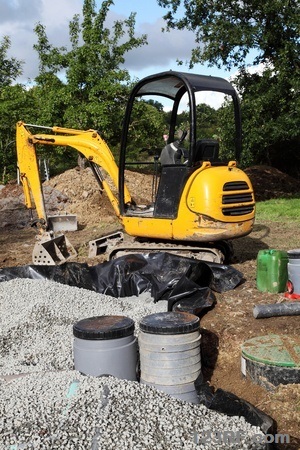 This is ideal for those who have limited space and want to keep their barrel out of sight.
This is ideal for those who have limited space and want to keep their barrel out of sight.
This type of water tank hence expected to sit underground should be placed in a light traffic areas where heavy loads and vehicles are not regularly driven.
This is also perfect for those who have large storage requirements i.e. school, agricultural and manufacturing business, etc.
To avoid structure failure, maximum groundwater level, structural integrity of the ground, drainage capability of the soil as well as the types of load which may occur (if installed underneath a drive way or regularly driven area) must be checked prior to installation.
Since installing these types of tanks generally involves excavation, the price is relatively high compared to the aboveground tanks. In any circumstances these tanks must be well ballasted otherwise, it would pop out of the ground when empty.
Less commonly, rainwater that is collected in underground tanks can be subject to microorganisms associated with animal and human faeces which may contaminate the water if not fully enclosed. That is why most rainwater from underground tanks is not recommended for personal hygiene and drinking where sufficient main water supply is available, unless properly treated and maintained.
Aboveground Water Tank
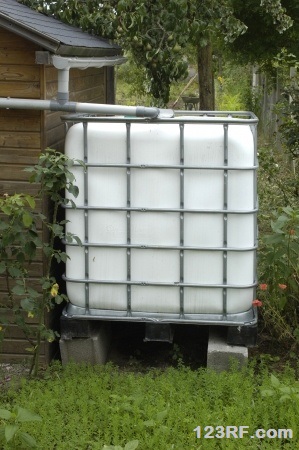 When it comes to installation, this does not require much of work as this can be erected anywhere above ground. This should be sufficiently elevated to provide adequate pressure to appliances.
When it comes to installation, this does not require much of work as this can be erected anywhere above ground. This should be sufficiently elevated to provide adequate pressure to appliances.
Unlike underground water tank, this type of tank is more susceptible to microbial contaminants i.e. bacteria, protozoa, etc. which are acquired from faeces of birds, reptiles and amphibians that have free access to roof or tanks. Rainwater may also accumulate contaminants from dust washed off the roof surface.
Other contaminants may also generate from leaf litter, lichen, moss, roofing materials. As such, this type of tank should be filtered and treated properly to eliminate the presence of bacterial contaminants. Gutter guards or mesh filters are recommended to be installed.
Readiness Checklist
- Purpose – You have to decide what you will use the rainwater for. Would you be using it for food preparation, flushing the toilet and drinking? For rainwater used as the main source of water, additional mandatory equipment is required like taps, filtration and pumping system. For rainwater tank to be used for outdoor purposes like gardening and washing vehicles, smaller tanks of 1,000 L with taps are just fine. In addition to determining the purpose of the tank, you also need to consider how it should be connected to the storm water pipes and downpipes to identify possible extra cost.
- Users – Water consumption will largely depend on the number of individuals using rainwater for different purpose. So, aside from considering the reason of the installation, identifying the number of people within the household will also help determine the capacity of the tank to be purchased.
- Area – Different areas has different regulations which are based upon the location of the dwelling, accessibility to centralised water system and precipitation frequency. Since rainfall pattern varies year on year everywhere, this should be considered before investing in rainwater system. The length of stay in the area, if rented should also be considered as moving the tank from one place to another can be a hassle.
- Space – The design of the house should be factored in before purchasing a tank. Small, slim line lightweight polyethylene and underground tanks are ideal for those who have limited space at home and wanted to keep the barrel hidden from view.
- Roof catchment suitability – Roofing materials should be checked prior to installation. Gutters should have sufficient and continuous water flow to downpipes to prevent pooling of water that could increase accumulation of various contaminants. Paints and coatings may not be suitable for roofs to collect rainfall too due to possible hazardous content. Asbestos fibres on the other hand are no longer used in new houses as it has proved to cause danger to health when inhaled in sufficient quantities. Maximizing the roof catchment means maximized water savings.
- Approval – Before purchasing a rainwater tank, the local community and regulatory authorities should be contacted to determine specific requirements like planning, installation permit, operation approval and other guidelines needed to be accomplished prior to and after the installation. Depending on local conditions, policies for using rainwater may be emphasized within the food security or the environmental protection policy context. Standalone tanks that are not connected to downpipes do not generally need approval, except if you are under the roof of a government that completely restricts the use of rain barrels.
- Cost – Tanks can cost as little as few hundreds to thousands of dollars, depending on the size, design, color and material of the tank. Extra cost may also be incurred during the installation for additional materials (level indicator, first flush device, etc.), delivery and setup charges.
- Design – Rainwater tanks comes in a wide variety of designs (shapes, sizes, materials and color). Slimline type has become the most preferred due to its compact and sleek style. As internal and external hydrostatic pressure of the tank affects the water’s flow and volume the size of the tank should be highly regarded. The wider the tank the better. Standalone lightweight empty barrels that are not connected to downpipes can be easily blown by the wind during gusty season, placing a clean rock in the bottom of the tank may prevent this.
- Location – Rainwater tank can be installed underground or aboveground. In designing rainwater system, the location should be first investigated especially if excavation is required as structural integrity and materials are regulated through building codes and standards in some areas of jurisdiction. When installing aboveground rain barrel, the ground should be level and full packed to provide a solid foundation.
- Installation and Maintenance – Ground rainwater service pipes must be clearly labelled “rainwater” continuously along their length. Tank, covers and plumbing pipes and fittings should be light proof to reduce daylight penetration and potential growth of algae. When connecting numerous barrels it is vital to make sure the connected pipe is large enough to provide smooth and quick flow between the barrels.
In any circumstances, the choice of using rainwater is at the risk and responsibility of the owner therefore it should be in compliance with the regulations of the responsible authorities. Irrespective of how it is being utilised proper maintenance is recommended to keep the quality of the water and efficiency of the tanks.
Cleaning and Maintenance
Cleaning and maintenance of the rainwater tanks can be achieved by these few tips.
- Check the sides and the bottom of the tank for accumulated sludge
- Keeping roof catchments free from animal and insect faeces
- Regular cleaning of gutter and tank inlet for any build ups
- Cut back trees and branches that extends beyond the roof
- Test the water periodically to determine appropriate and adequate treatment
- If pumping system is attached, inspect that it is in good functional condition
- Replace roofing and other material as needed
- If adequate access to the tank is impossible, contact the tank cleaning company
- Regularly check and clean the tank’s inlet and overflow screens
Rainwater Tanks And Water Diversion Around The World
 Basilica Cistern in Instanbul (Turkey) is a structure built around 3rd or 4th century during the Early Roman Age and was converted into a cistern in the 6th century.
Basilica Cistern in Instanbul (Turkey) is a structure built around 3rd or 4th century during the Early Roman Age and was converted into a cistern in the 6th century.
According to historical claims 7,000 slaves were involved in the construction of the structure which can hold up to 100,000 tons of water.
Underground Parthenon in Kasukabe (Saitama, Japan) is a subterranean 213 foot silos and 83 foot pillared main tank for water runoffs that lies under a football field. This is a part of the G-can (water way) project of the Japanese government built in 1992 and was finally completed after 17 years of construction. This underground flood diversion and water storage can pump 200 tons of water per second.
Final Words
In summary, the use of rainwater tank is entirely reliant on the water practices of each individual within the household and the location of the dwelling.
Weather-related issues in any country that includes earthquakes, floods, cyclones, landslides, severe storms, tsunami, and decreased rainfall can threaten lives, jeopardize yield quantity of crops and induce extensive damages to assets as well as disruption in facilities like power, communication, transportation and most importantly water. These weather abnormalities that occur year on year is something everyone should be prepared for.
Although there are different sectors in the regime that can aid in our survival during these times, disconnecting our dependency from government and private facilities through off the grid solution with rainwater tanks is by far the best solution.




























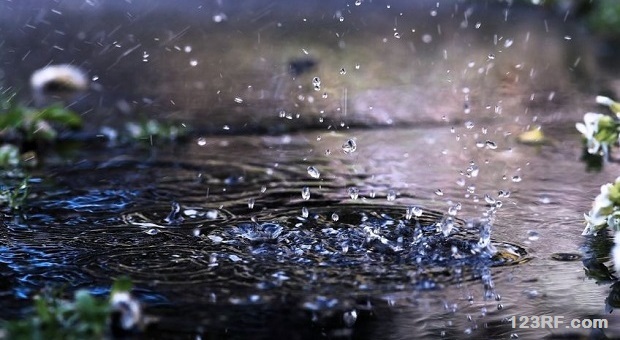

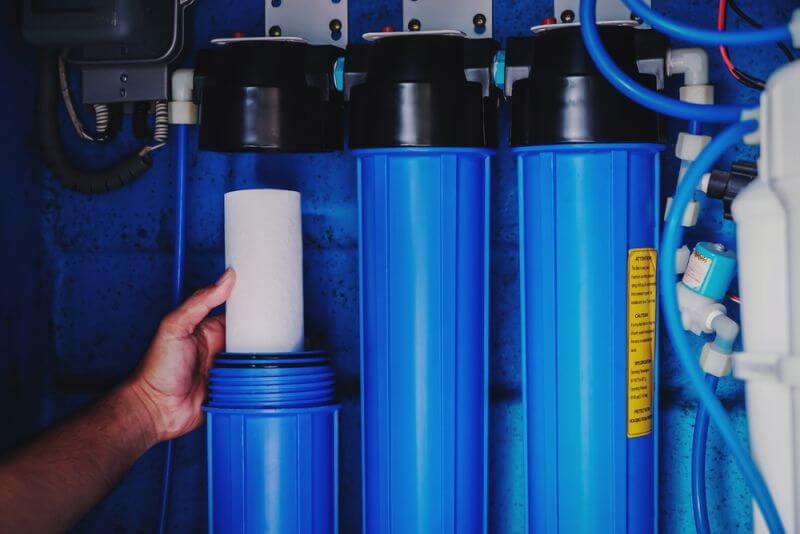

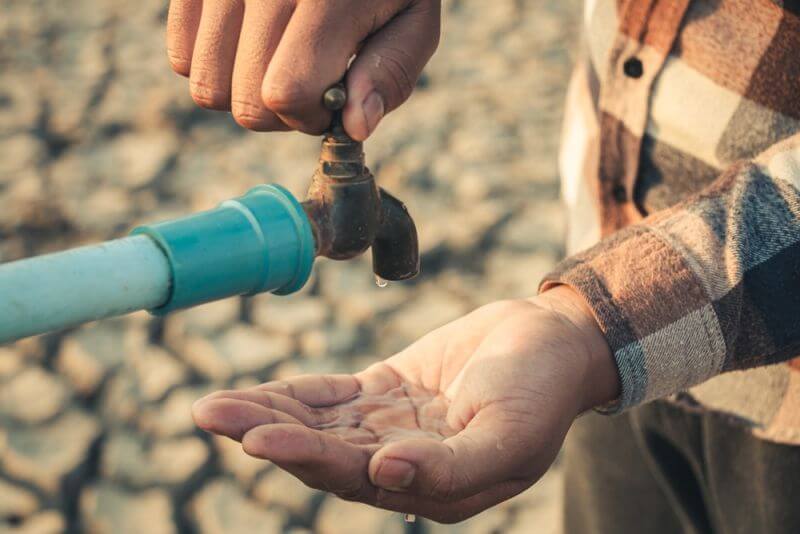
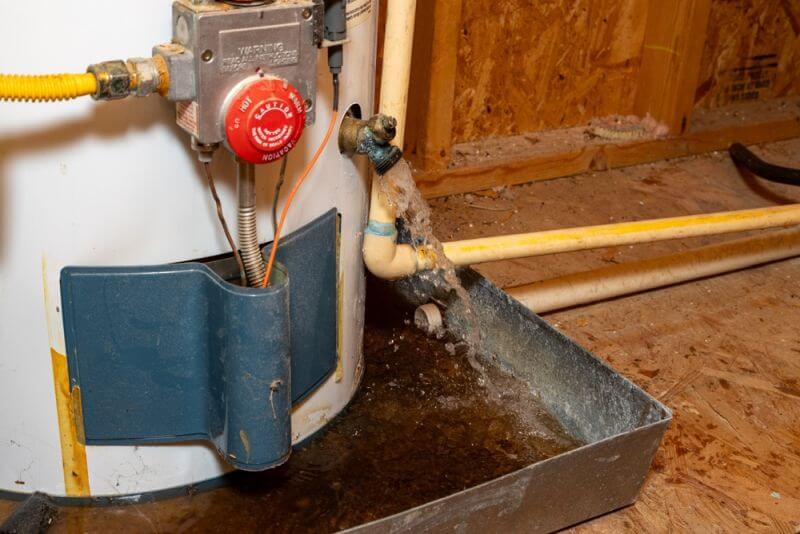








































I’ve thought about getting a rainwater tank, so it will be good to know how I should properly clean and maintain it. I’m glad that you mentioned how I should cut back my trees and branches that might hang above the tank. That would be a good way to prevent leaves and other debris from falling into my rainwater. Since sludge can also accumulate at the bottom of the tank, I’ll also clean that out to make sure that I can have clean rain water.
Dear Ava
I hope my words reach you.
I have hoped and Prayed for guidance.
I live in Florida I am a married mom to five girls oldest married age 26, then ages 22,18,15,12. I am a Christian and
I very much awake ! To what our country is facing … From the fema camps all over the US being set up
Military tanks,vehicles scattered in large
Numbers through out ” our country”
Martial law // mainstream media speaking of martial law ( to get us familiar to the wording ! ) Our President
Causing DEVISION like I have NOT
SEEN in my 48 Yrs of life. The whole aluminate / mind control ant that 95 percent of whom we see in mainstream
Media is under and or a handler of this evilness .. Counting my family of 7 a son in law and two grandchildren I have 10 people to prepair for. I believe in the
Rapture and end times Jesus is real!
Not all my family members are on the same page ” just yet” !! They are believers but they don’t realize that the US way of thinking could be over at any moment. However no matter how crazy the think I am lol..
I NEED AND WANT to be prepared.
Water storage / supply is crucial ..
And food. I just can’t wrap my thinking
Around how much food. , what kind
And how to collect water and in what
Chemicals needed to make clean.
I feel I’m so far behind in preparing .
I Feel Blessed to have found this information and read your words tonight. I don’t have a huge budget
I like being frugal in in getting what I need from ” honest”
Guidance I hope and pray that you
Are my Earth Angel whom can guide me with the preparation needed .
Sincerely,Lana
Thanks for pointing out that above-ground water tanks are more susceptible to microbial contaminants than underground tanks. You also mention that rainwater collection tanks are not usually recommended for personal hygiene use. I think it is important to choose a water tank installation company that uses the latest filtration technology to ensure that your water is safe for use, however you need it.
Great article. Thanks Ava. I thought it might be worthwhile elaborating on the types of above ground water tanks. Happy for others to add any but I am aware of the following:
Round
Slimline
Rectangle
Bladder
water tank furniture
retaining wall
barrels
plant pots
If you are interested in finding out more about the water tank furniture visit our website http://www.rosemarkwatertanks.com.au
Why users still use to read news papers when in this technological world everything is presented on web?
I’ve been wanting to get a rain water tank, and I think that being able to get some tips would be helpful. I’m glad that you talked about being able to find out the cost of different tanks like you talked about would be good, including installation materials. I’m going to have to look into some different things and try to get some good ran water tanks for our home! Thank you!
thanks for this article very help full to read
keep it up to write.